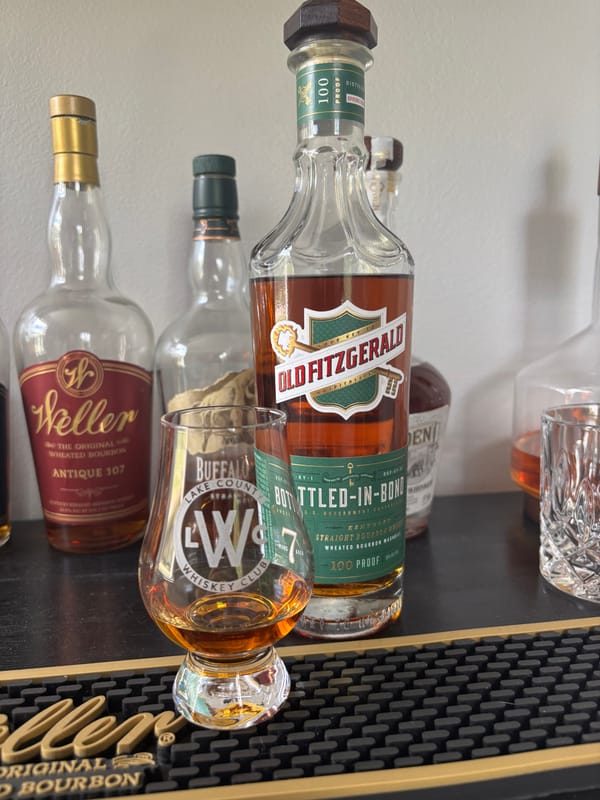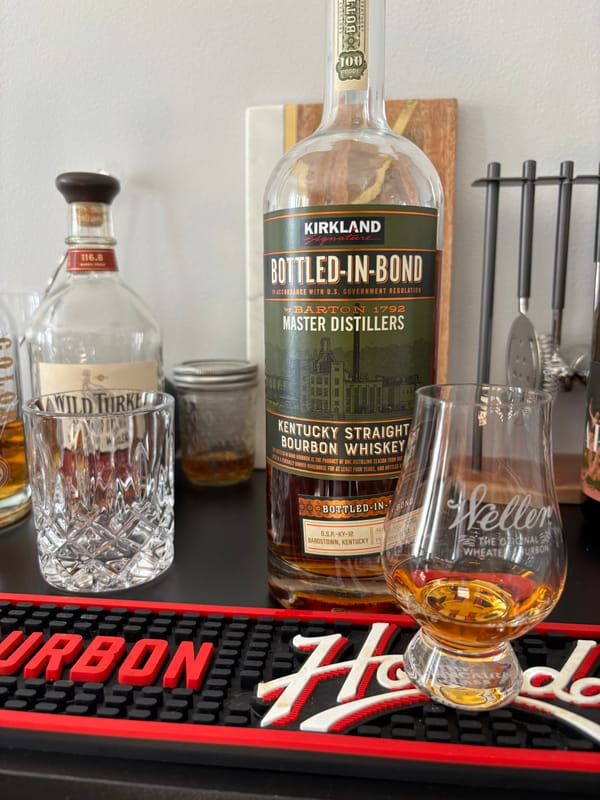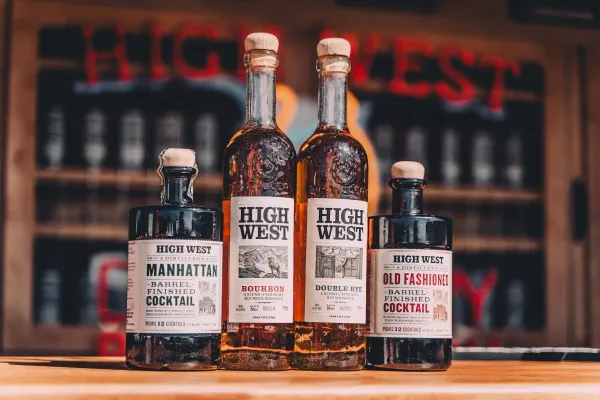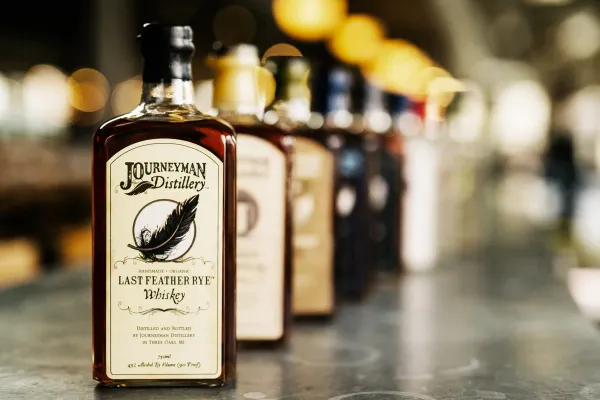What Happens to Bourbon as It Ages? Unlocking the Magic of the Barrel

The bourbon aging process is a thing of beauty—a delicate dance between the oak barrel and the spirit inside. But how does this transformation happen, and what changes as the years tick by? Let’s dive into the details of how bourbon evolves over time and why it matters.
Bourbon Basics: What Goes Into Aging
First, a quick refresher on what makes bourbon, well, bourbon. By law, it must have a mashbill of at least 51% corn, be aged in new, charred oak barrels, and bottled at a minimum of 40% ABV. Before aging, bourbon starts as a clear liquid—think moonshine. That rich brown color and signature caramel flavor? They come straight from the barrel.
How Aging Transforms Bourbon
So, how does the barrel work its magic? It’s all about the wood. Oak is porous, meaning it reacts to humidity and temperature shifts. As the environment changes, the barrel expands and contracts, pulling the whiskey in and pushing it back out. Over time, this process smooths out the spirit’s harsh edges, infusing it with flavors like caramel, vanilla, and oak. The charring of the barrel adds smoky depth, while the wood itself contributes sweetness and complexity. It’s a slow, natural alchemy that turns raw distillate into the bourbon we love.
Young vs. Old Bourbon: What’s the Difference?
The longer bourbon ages, the more it interacts with the barrel—and the more refined it gets. Here’s a breakdown:
- 4-Year-Old Bourbon: After 4 years, you’ll get a solid but youthful profile—smooth enough, with emerging notes of oak and caramel, but less complexity.
- 12-Year-Old Bourbon: At 12 years, expect a silkier texture and bolder flavors—think pronounced vanilla, deep oak, and rich caramel. The extended barrel time amps up smoothness and depth.
If you aged the same spirit in two barrels for 4 versus 12 years, the 12-year version would taste noticeably more polished and flavorful, showcasing why time is bourbon’s best friend.
Best Bourbons to Try at Different Ages
Curious to taste the difference? Here are some great picks:
- Lower-Age (2-4 Years): Still Austin Straight Bourbon Whiskey (aged 2 years) is an accessible, tasty intro to young bourbon.
- Longer-Age (10-12 Years): Eagle Rare (10 years) or Weller 12 Year bring that smooth, complex magic—though they’re tough to find. For an easier grab, try Widow Jane (10 years), a solid alternative with a rich character.
Sample a range of ages to see how time shapes the spirit, and share your thoughts by rating them on the world’s best whiskey app, NEAT: Whiskey Finder!
Explore Bourbon Aging Yourself
Next time you sip, pay attention to how age influences the pour. Whether it’s a sprightly 2-year or a seasoned 12-year, the barrel tells the story. What’s your favorite aged bourbon? Let us know on NEAT: Whiskey Finder—I’d love to hear your take!





